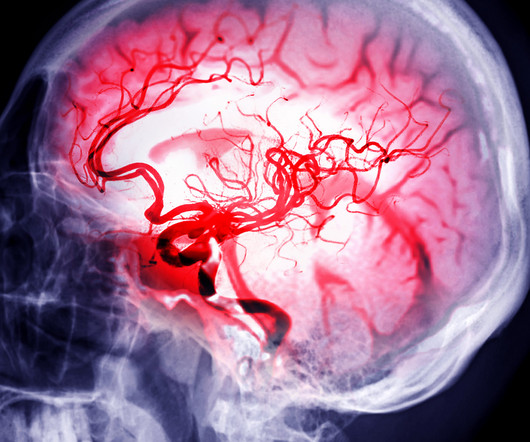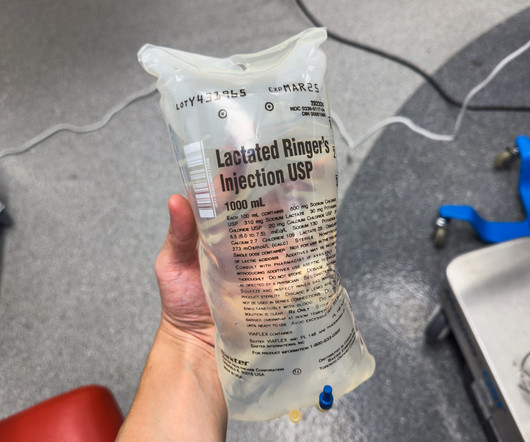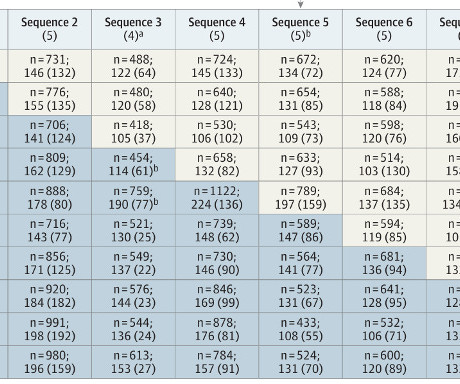Direct Oral Anticoagulant (DOAC) Reversal: Part 3
The Trauma Pro
JANUARY 28, 2025
In my last two posts, I reviewed some older papers on the efficacy of Andexxa (andexanet alfa) for the reversal of Factor Xa inhibitor anticoagulants. Those results were not very impressive, especially considering the high cost of this drug. In 2021, an article was published (reference 1) that performed a systematic review of the literature from 2017 to 2020.











































Let's personalize your content